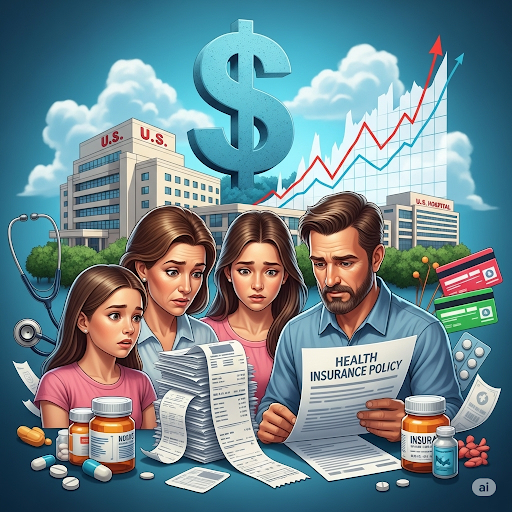🌙 Health in the Dark: How Nighttime Light Raises Your Risk of Diabetes
🔍 Introduction
In today's hyper-connected world, many of us sleep surrounded by artificial light—phone screens, streetlights, and glowing TVs. But what if that innocent nightlight is quietly increasing your risk of type 2 diabetes?
Groundbreaking research published in The Lancet Regional Health – Europe reveals a strong link between nighttime light exposure and metabolic disruption, especially in glucose regulation and insulin sensitivity.
🔬 What the Research Says
A 9-year study tracked nearly 85,000 participants, examining how nighttime light affects their long-term health. The results are alarming:
-
People exposed to more light between 12:30 AM and 6:00 AM
→ had up to a 67% higher risk of developing type 2 diabetes. -
This risk persisted even after controlling for diet, exercise, and sleep quality.
Another study from Northwestern University found that:
-
Sleeping with just one night of moderate light exposure (about 100 lux)
→ decreased insulin sensitivity by morning. -
The body mistook the light for daytime, disrupting hormonal signals and impairing glucose metabolism.
💡 Why Is Nighttime Light So Dangerous?
Our bodies follow a circadian rhythm—a natural 24-hour clock guided by light and darkness.
When exposed to light at night:
-
Melatonin (the sleep hormone) drops.
-
The body enters a state of insulin resistance, a key driver of type 2 diabetes.
In simple terms, your body thinks it’s daytime and disrupts its healing and regulation processes.
✅ Simple Tips to Protect Your Health
You don’t need expensive equipment—just a few habit changes can dramatically lower your risk:
🌑 Sleep in Darkness:
-
Use blackout curtains to block outside light.
-
Keep your room screen-free at bedtime.
🔴 Use Red Light if Needed:
-
Red light impacts melatonin the least.
-
Avoid blue or white nightlights.
📵 Cut Screen Time Before Bed:
-
Turn off devices at least 1 hour before sleep.
📌 Conclusion
Artificial light may feel harmless, but it's a silent threat to your metabolic health.
With diabetes rates rising globally, one simple, free solution stands out:
🛌 Sleep in complete darkness.
Respecting your body’s natural rhythms could be the easiest way to protect your long-term health.
🔖 Credits:
-
Main study: The Lancet Regional Health – Europe
-
Supporting research: Northwestern University
✍️ Translated by: Samiul Affan Sami
🧠 Blog Adapted by: ChatGPT x Earth Pulse




Comments
Post a Comment